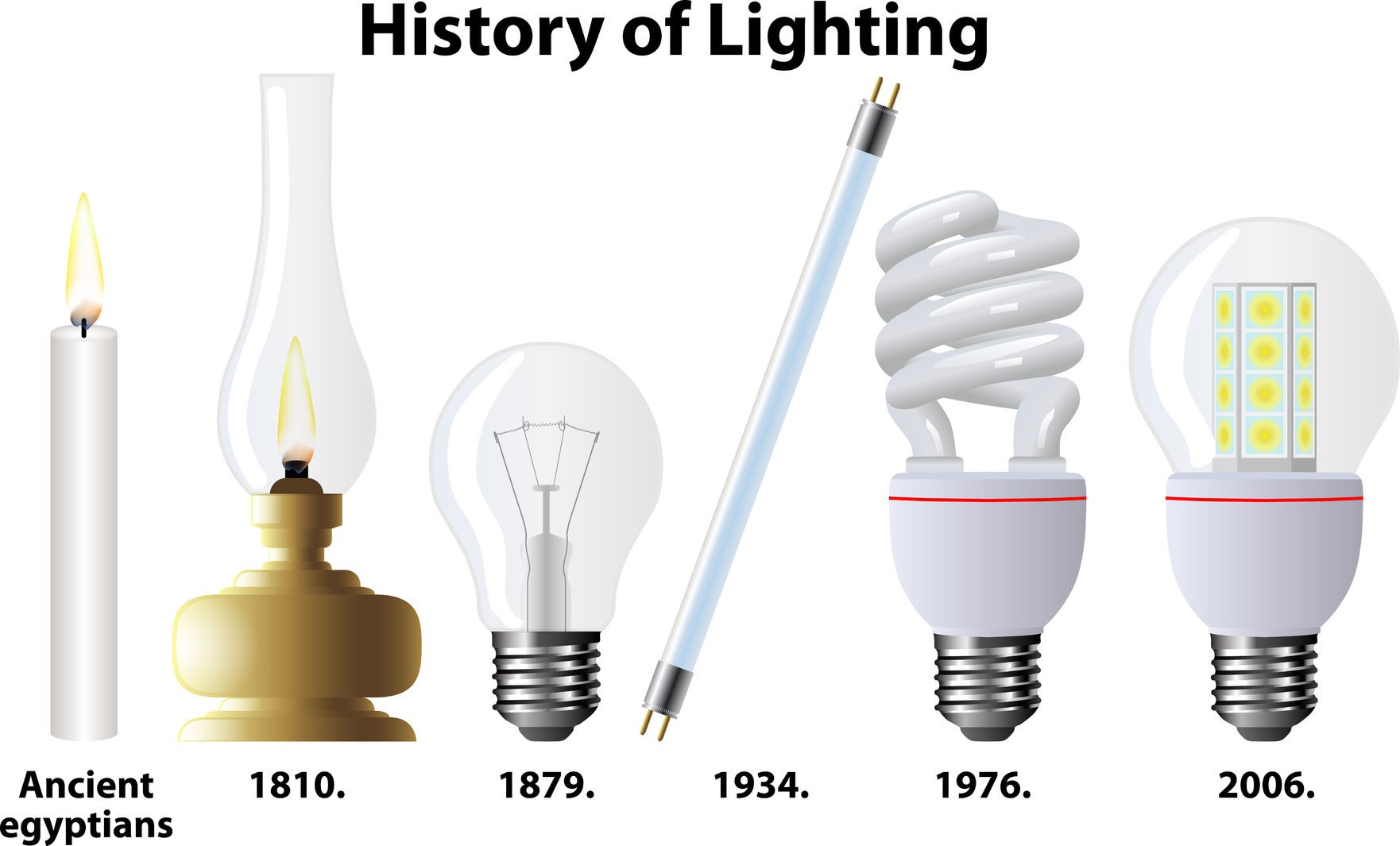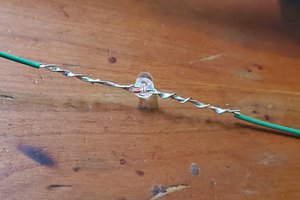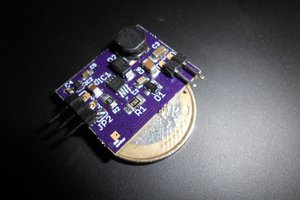DC LED Lighting System
This project will concentrate on developing a DC LED lighting system that can be retrofitted into existing home wiring systems. Goals of this system are to:
- Reduce the load from lighting to minimize the solar panels and battery capacity needed.
- Allow the system to be installed using the existing wiring in the home.
- Increase central control over individual fixtures for convenience and energy savings.
Background - The Problem
Current Wars
More than one hundred years ago when commercial power distribution was just beginning, two inventors Thomas Edison and Nicola Tesla competed to see who could better supply electrical power economically and efficiently.
Edison picked Direct Current (DC) for his first foray into commercial power distribution and Tesla picked Alternating Current (AC). It was a rancorous public battle; but Tesla was right, and not just by a little bit. AC power has the distinct advantage that its voltage can be easily increased or decreased with a transformer. This allows the voltage to be increased to thousands of volts for long distance transfers and then decreased to a usable voltage at its destination. Really high voltages decrease the power loss in the wires a lot.

Shocking Voltage
The original incandescent lights in the early days required a voltage of over 100 volts to operate effectively. This determined the minimum voltage that was used in homes and businesses. In some countries like the USA the minimum voltage chosen was only about 120 volts, while in Europe and many other places it was approximately 240 volts.
What our things need
So what has changed since the early days when these standards were set? In the typical home what things need AC power and what things need DC?
Some examples:
- DC - TV, Computer, Radio and pretty much anything electronic. Currently AC power is converted to low DC voltages in the unit.
- AC or DC - Refrigerator, Washer, Fans, and other things with motors could be designed to work with either.
- AC - Incandescent, Florescent, and other resistance lighting could be designed to use either but probably won't.
- DC - LEDs used for lighting gain no advantage from AC.
- AC or DC - Electric heating, water heaters, stoves, and other resistance heating. Either could be used but AC has the advantage since a higher voltage is generally desirable to decrease the size of the wires.
Solar is coming soon
As you can see a lot of the things in our homes use or could use lower voltage DC power, by why do we care? The efficiency of solar cells is increasing and the cost is decreasing at an exponential rate. The cost of power from solar will soon be less than the cost of grid power.
If we generate our own power at our homes it doesn't need to travel long distances. This means stepping it up to high voltages is unnecessary. Solar cells generate DC current at low voltage and a number of cells are wired in series to increase the voltage high enough for practical use.
In a typical home solar system an inverter is used to convert to the higher AC voltage that is standard. In many places the home owner is paid to supply energy to the grid if they have excess. This has been an incentive for installing solar but it is not sustainable. As more people install solar excess power will be generated by all of them at the same time.
At some point there will not be enough users needing power when it is generated so the power will be wasted. In areas with a significant number of solar installations the net metering payments are significantly decreased or the approval to connect takes a long time.
We will need on-site batteries for our storage and not rely on selling our excess to the power company to really make a difference.
Conversion is inefficient
The conversion process from the high AC voltage to the low DC voltages is generally 80% efficient at best. The greater the difference in the voltage the less efficient it becomes.
This is also true when converting low voltage DC up to the high voltage AC from the solar cells. For example,...
Read more » Joe George
Joe George
 Martin
Martin
 lion mclionhead
lion mclionhead
 Tyler Gerritsen
Tyler Gerritsen
 Enrico
Enrico
The incandescent lamps did not require more than 100V. In fact they are more efficient and have a longer life time if they are designed for a higher current and a lower voltage. A 100W bulb (~0,5A) has double the efficiency of a 25W bulb (little more than 0,1A). The thin filament has to be run at reduced temperature to achieve the desired 1000h operating time. One reason for the higher voltage were carbon arc lamps.
But the main reason is just the available power. Don't forget: When mains voltage was designed transformers were expensive and DC/DC converters were just not available. With 230V you can transfer 20 times the power than with 12V with the same current and the same voltage drop on the same wires. If you want to limit power loss to the same percentage, you can only transfer 1/(20²) = 1/400 of the power.
In my 12V solar system I use 2,5mm² wires for 1A for small LED lights to limit power loss. Of course this also depends on the length, for short runs I can go to the thermal limit of 20A. With 2,5mm² copper @20A I get 5% voltage drop after only 2,1m (one way). But this still limits the available power to 240W. At 230V 20A would give you 4,6kW! Or with the common 16A breaker ~3,6kW.
So yes with thick wires and low power LED lights you can wire up your house for 12V. But otherwise its more efficient to do the conversion at the point of load. In the lamp.